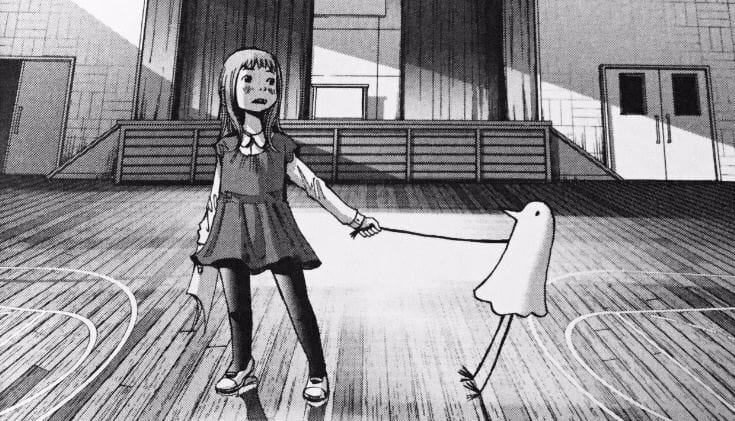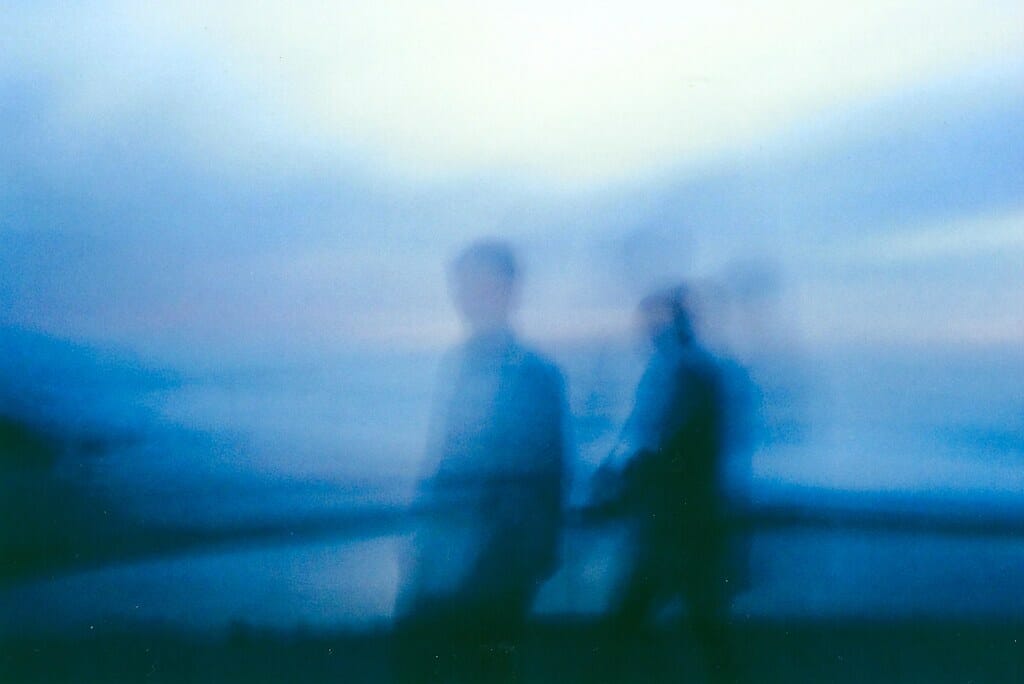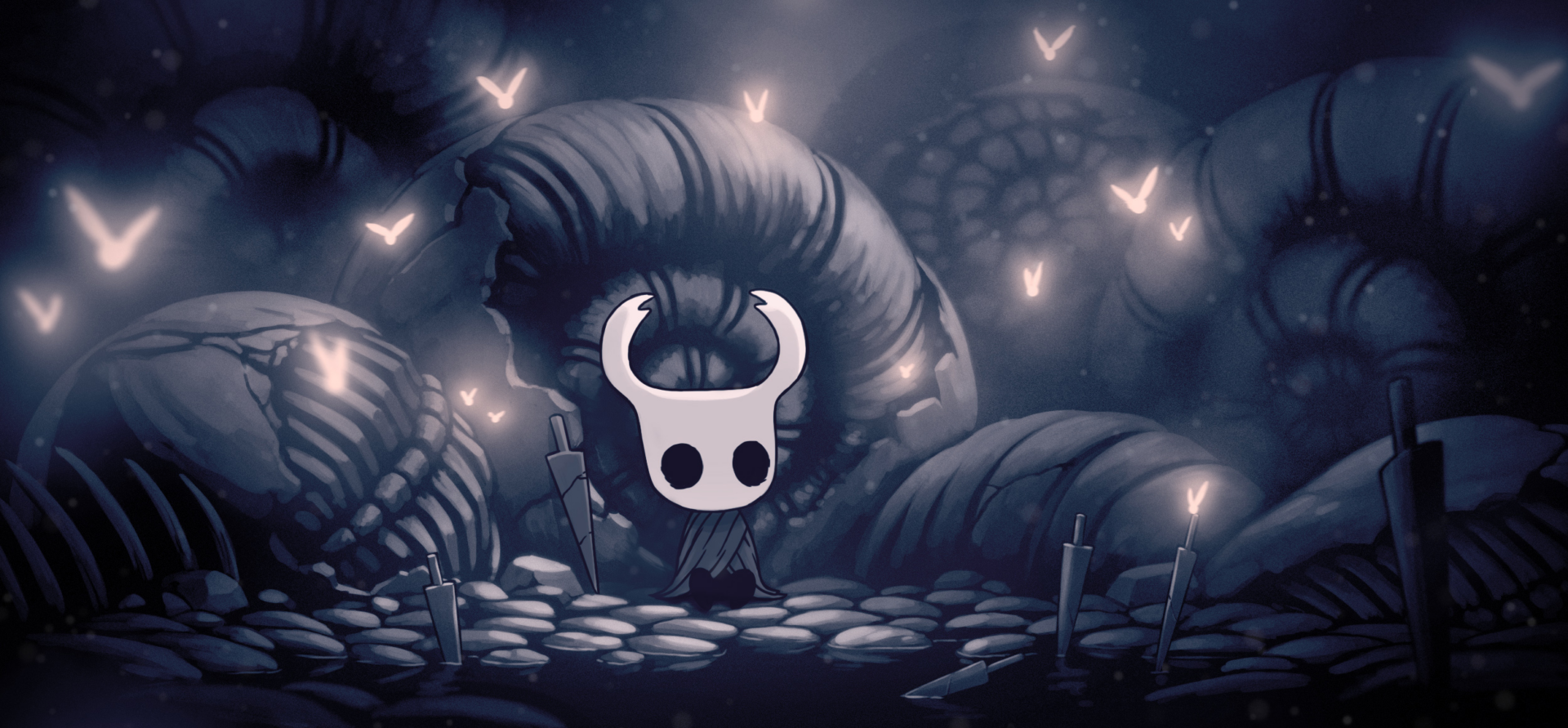
Goodnight, Punpun | A desperate coming-of-age story
Author
Year
Format
When one reads the first volume of Goodnight, Punpun by Inio Asano, they face the cute and funny-looking bird-like protagonist living through his elementary school years. He is surrounded by friends, has big dreams, and falls in love with the transfer student, Aiko. All seems well, up until the moment a tragedy strikes in his house. His mother’s hurt, his dad is not allowed near them anymore, and Punpun is forced to live with his uncle. From then on, things will only get worse, up until the point of no return.
Goodnight, Punpun is a manga about hopelessness. Hiding behind the sweet aspect of the bird-looking family and the cute elementary children, there is a heavy, traumatic story about not being able to follow your dreams.

A shapeshifting protagonist
The first visual distinctive trait of Goodnight Punpun is the appearance of the protagonist across the whole manga. Punpun is a small bird, with only a few lines to define him. His family – mother, father, and uncle – looks similar, with only a couple of traits to differentiate them. This feature is particularly striking as the world around them is realistic, including every other character. However, everyone treats him no differently.
Punpun’s weird appearance has more than one purpose. Since Punpun doesn’t have a human look, it’s much easier to identify with him. Furthermore, Punpun’s design changes as the character grows up and lives through new experiences, in more and more absurd ways. For example, during moments of uncertainty or confusion, the author decides to draw him as a floating triangle with a smug face.
Like in other works such as Solanin, a distinctive trait of Asano are the backgrounds, that in Goodnight Punpun gain particular meaning. There is a strong and constant opposition between the backgrounds, which were originally photographed, and the minimalist traits of Punpun. Asano draws on the photographs, achieving an extremely realistic and detailed result. It almost seems like the characters were in the real world, while Punpun stands out as a kind of anomaly.
Unreliable adults and following up on one’s promises
Adults in Goodnight, Punpun are a complicated matter. Starting from his family, no adults seem reliable enough to offer him guidance in his childhood years.
While Punpun’s father is mainly absent and seemingly does not care much, Punpun’s mother is erratic and acts as if she blames her son for ruining her life. The only one who tries to relate to the young boy is his uncle Yuichi, but he is a flawed man himself. Even the teachers get angry at the students for no clear reasons. In general, they do not seem to care much about anything at all, letting life bring them wherever it wants.

This is not only the situation of Punpun but of his friends as well. Because of this, they grow up to be disenchanted, inherently aware of the fact that their dreams will never be fulfilled and they will have to look after themselves. Alienation is quite a heartfelt theme in Japan, as shown by other relevant works like Welcome to the N.H.K. by Takimoto Tatsuhiko. And Asano continued on exploring it in his next series, Dead Dead Demons De-De-De-De-Destruction. In this case, the opposition comes from a story talking about normal high-school students while an alien invasion is ongoing.
Goodnight, Punpun: Asano depicts the broken dreams of youth
In an interview (contains spoilers), Asano describes Punpun as a character brought to the extreme by his principles.
At first, Punpun is very pure and honest, and he takes things too seriously. He’s a character who thinks he has to follow through with whatever he says he’ll do. There’s no grey area for him.
Inio Asano
Punpun tries to distance himself from the carelessness of the adults by holding himself to very strict principles and promises. He, like every kid of his age, tries to find a way to be comfortable in the world. However, there is just no way to be comfortable in an uncomfortable world – much like the world Zerocalcare presents in Tear Along The Dotted Line. For every character in the manga, happiness is a concept that is as unreachable as distorted. A big element in this general disillusion is the belief, expressed with confidence by Aiko as she meets Punpun, that the Earth is slowly falling apart. Similar hopelessness to the one described in Adam McCay‘s Don’t Look Up.
The love triangle of Goodnight Punpun
It is Aiko herself that becomes the purpose of Punpun, almost unwillingly. He sees in her his own redemption and his chance at happiness. However, Goodnight Punpun is not just about a love story: it is actually a love triangle. As explained by Asano, Punpun’s whole story is foreshadowed in the first chapter:
In chapter one, there’s a scene where Punpun’s dad looks through a telescope and talks about the summer triangle […] Vega is Orihime, Altair is Hikoboshi — and then with the addition of Deneb, it becomes the summer triangle. Satchan similarly creates the triangle with her and Punpun and Aiko — or Hikoboshi and Orihime.
Inio Asano
Similarly to Watanabe, Haruki Murakami‘s Norwegian Wood protagonist, Punpun’s conflict between his need for Satchan, another girl he will meet further on, and his love for Aiko is a conflict between life and death. Through his conflicted feelings and his increasingly toxic relationships, Punpun explores a hidden side of being human that Asano brings up with abrupt sincerity.
Tag
Buy a ☕ for Hypercritic









